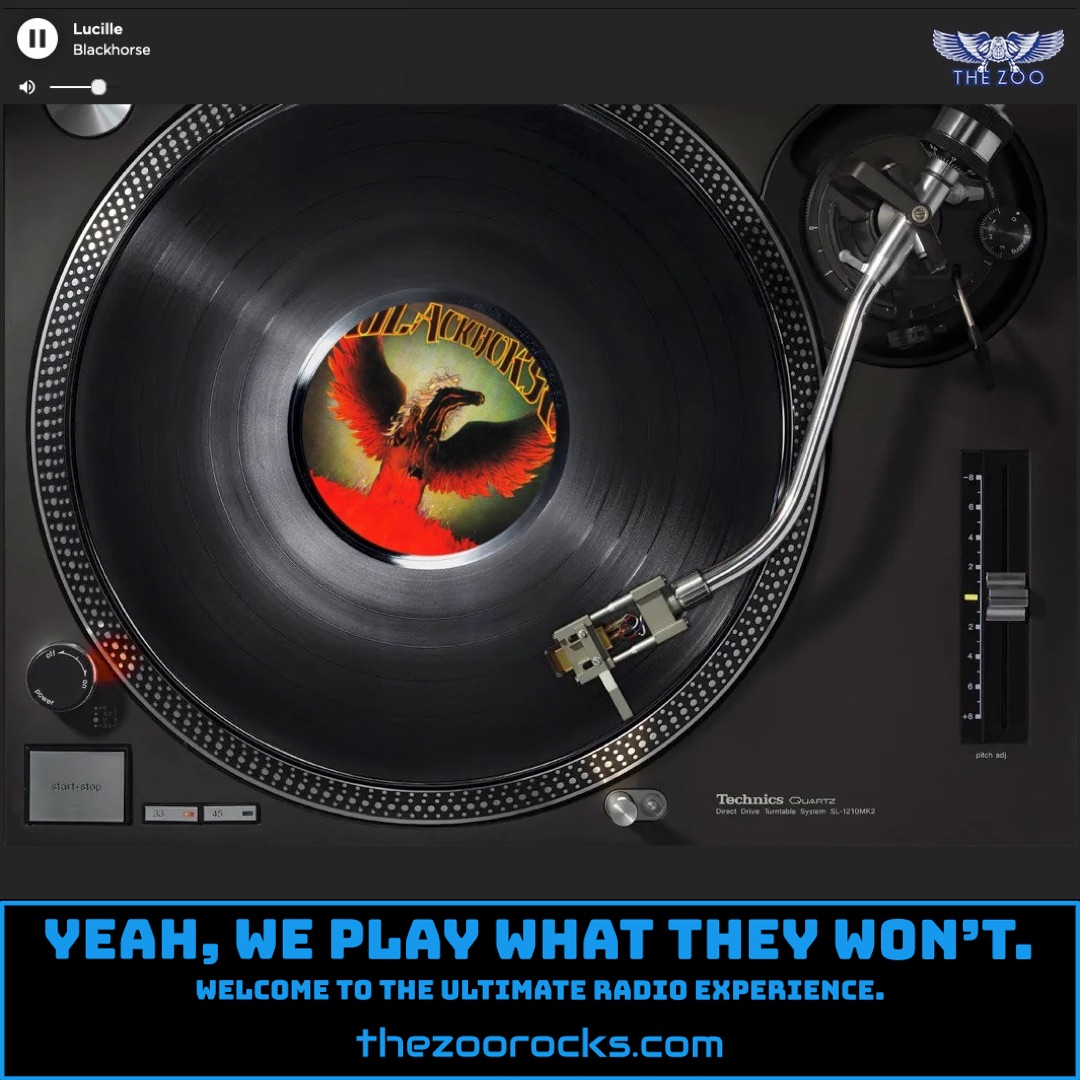Ohio (Live 1971)
Neil Young
Zoo Freaks, get ready for some heavy vibes as we spin "Ohio (Live 1971)" by Neil Young from the iconic Live at Massey Hall 1971 album. This track, recorded during a solo acoustic performance on January 19, 1971, at Toronto’s Massey Hall, captures Young at his rawest, delivering a haunting rendition of a song written in response to the Kent State shootings of May 4, 1970. Inspired by a Life magazine issue detailing the tragedy where four students were killed by the Ohio National Guard during a Vietnam War protest, Young wrote the song in a single hour while David Crosby watched, as shared in posts on X. Crosby was reportedly moved to tears after recording the original Crosby, Stills, Nash & Young version, which was rushed to release as a single by Atlantic’s Ahmet Ertegun, though many AM stations refused to play it due to its political charge.
The Massey Hall version of "Ohio" strips away the electric fury of the CSNY recording, transforming it into a somber, introspective lament. Critics, like those at Pitchfork, have praised this solo take for its stark encapsulation of political helplessness, with Young’s voice carrying a raw vulnerability that resonates deeply. The song’s performance at Massey Hall, part of Young’s Journey Through the Past Solo Tour, was one of 18 tracks that night, only eight of which were previously released, making the setlist a treasure trove of unreleased gems for fans. The recording, initially intended for release in March 1971 but shelved until 2007, became a legendary bootleg among Neil Young devotees, with fans on Reddit describing chills hearing tracks like "Old Man" introduced as new.
Neil Young, born November 12, 1945, in Toronto, Canada, began his musical journey in Winnipeg, where he started performing as a solo artist in 1960. After moving to California in 1966, he co-founded Buffalo Springfield with Stephen Stills and Richie Furay, blending folk, rock, and country. The band’s success led Young to a solo career, with his 1968 debut album, though it was 1969’s Everybody Knows This Is Nowhere, backed by Crazy Horse, that cemented his raw, distinctive sound. His work with Crosby, Stills, Nash & Young in 1970, including the album Déjà Vu, elevated him to stardom, but Young’s restless spirit kept him oscillating between solo acoustic sets and blistering rock, as seen in the contrast between Massey Hall and his earlier Live at the Fillmore East.
For more on Neil Young, check out his official website at neilyoungarchives.com, where you can dive into his extensive archives. Connect with him on social media via Facebook, Instagram, and X. Fans can join vibrant communities like the Neil Young Fans group on Facebook or explore dedicated sites such as Thrasher’s Wheat, a long-running fan hub for news and discussions. For Zoo Freaks craving more, the r/neilyoung subreddit is a great spot to swap stories and celebrate this timeless artist.

